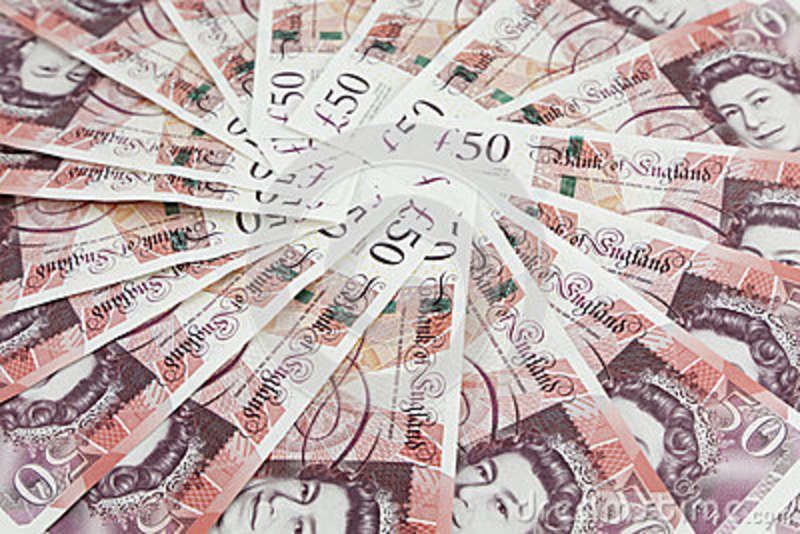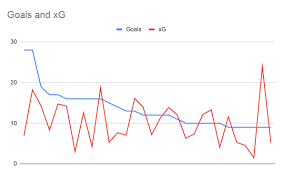
The sale of Newcastle United for just over £300m this week has got many West Ham supporters asking why the Hammers are valued at more on the basis they don’t own the London Stadium. There is an old saying, a thing is worth as much as someone is prepared to pay for it.
In reality, physical assets are just one factor with stadium capacity, revenue, wages, cash in the bank, loans and brand all-important factors when valuing a business that happens to be a football club.
Pre-covid Forbes valued Newcastle £296m while the Hammers were valued at £496m. Post-COVID Forbes valuation of West Ham has dropped to £373m back which is likely to recover next year when revenue returns to almost normal.
The Multivariate Model is a well-known method to carry out the valuation of football clubs. Its main components are revenues, transaction fees cost, assets owned by clubs.
| Club value = (Revenue + Net Assets) * [(Net Profit + Revenue) / Revenue] * (% stadium filled) / (%wage ratio) |
Revenue + Net Assets: Revenue includes the cash generated in a financial year. Adding net assets to revenues helps determine the club’s current and future cash generation capability; it is, thus, the backbone of this valuation model.
(Net Profit + Revenue) / Revenue: This ratio examines a club’s profitability in comparison to its revenue. Thus, for profitable clubs, the Revenue + Net Assets will be multiplied by a number greater than one, enhancing the valuation.
(% stadium filled) / (% wage ratio): The numerator in this ratio, i.e. the average utilization percentage, illustrates how effectively a club is using the stadium, its core differentiating asset. Higher the stadium’s utilization, higher the valuation. The wage ratio denotes the club’s ability to control its major expenditure, player costs. Higher the player wages, lower the ratio and vice versa.
This leads us to the assumption that revenues are the most important factor in determining a football club’s value. Wage ratio and percentage of stadium filled jointly determine nearly one-third of a football club’s value and are the most relevant indicators of the management’s ability to control costs and exploit assets.




Revenues won’t be returning to ‘almost normal’ at anytime soon, in my opinion. Whatever Sullivan valued West Ham United at it’s peak, won’t happen again – certainly not when it comes for the club to be sold.
West Ham would today also command a higher valuation than Newcastle United because they’re a London club.
The London argument is valid. But West Ham , unlike Newcastle, do not own their stadium. Nor, as far as I am aware , do they own any of the surrounding area. The only “assets” West Ham have are the players under contract.
And if the players are sold. what then ? Not many assets left are there ?
Actually revenues will increase this year as the tv money was deferred and biros ticket revenue is back, add this to Europa league money and it will be bumper financial year
With all the negative publicity re the takeover their value they were just bought for may well drop a lot.. Anyone for a cheapish takeback -???????????? or cheapish takeover ?????????